How to transform rooftops into wild garden escapes – a landscape design duo reveal the key to achieving a natural landscape in an urban space
No matter the size of the space you're working with, Bart Haverkamp and Pieter Croes say it's possible to hop on the wild gardening trend
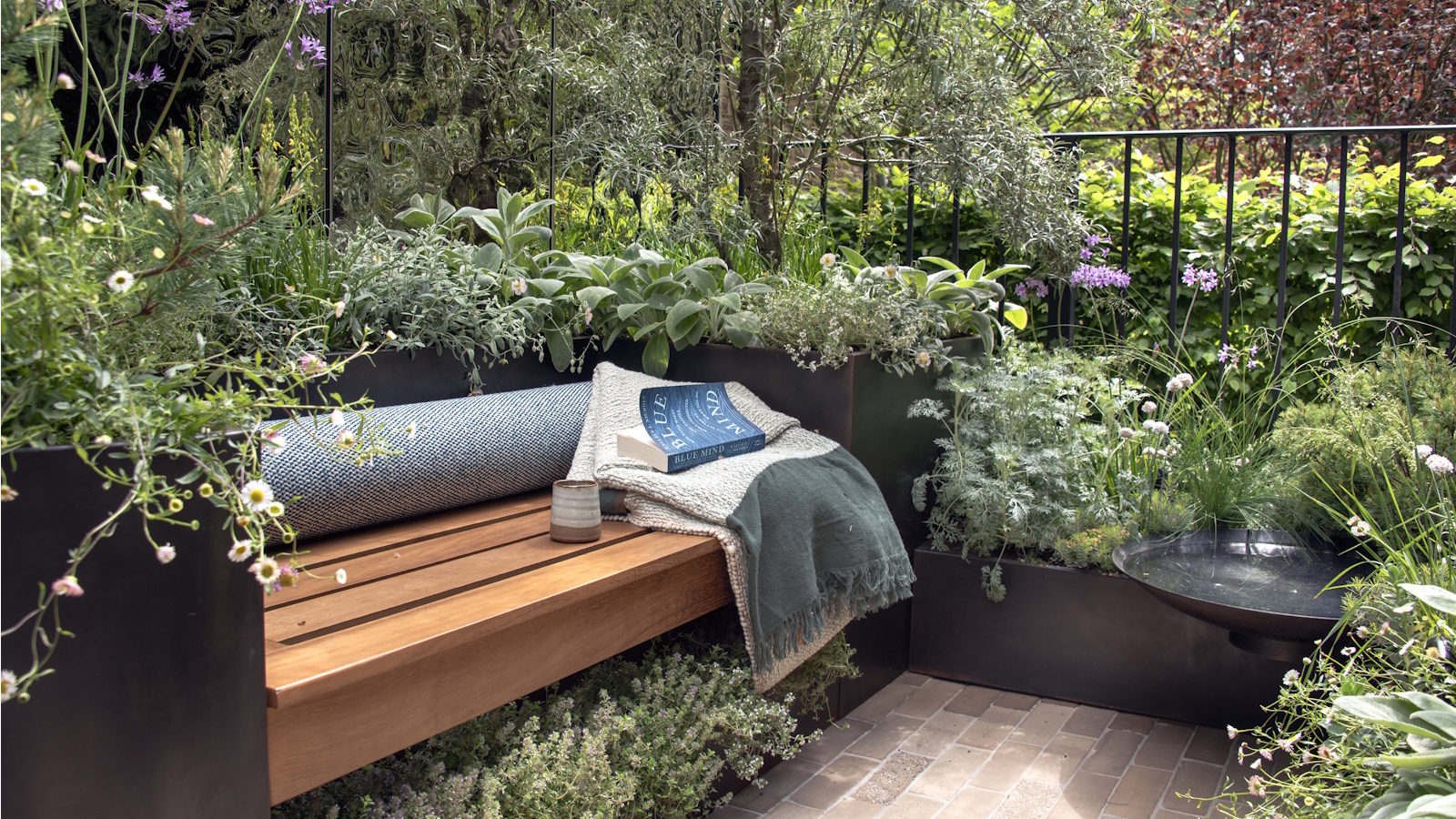

As a keen indoor gardener, I'm loving the innovative urban gardening ideas that are coming out of 2025. With an increasing number of people sharing clever ways to grow in challenging gardening spaces, the possibilities for an urban garden now seem endless. Urban garden designers Bart Haverkamp and Pieter Croes say it's even possible to create a wild garden in these settings.
Their signature style of urban wild gardening creates the look of natural environments in settings otherwise made up of hard landscaping. The Belgium-based designers specialize in rooftop gardens in particular, but share their methods can be adopted to urban spaces of all forms – balconies, containers, and even window boxes.
The case studies in their upcoming book, Wild Harmony (available to pre-order on Amazon), showcase how they take a nature-deprived space and turn it into an urban oasis bursting with greenery, and it turns out there are a couple of tricks to achieve this. I spoke to Pieter to find out the secret to success in achieving a luscious, wild urban garden.
What is urban wild gardening?
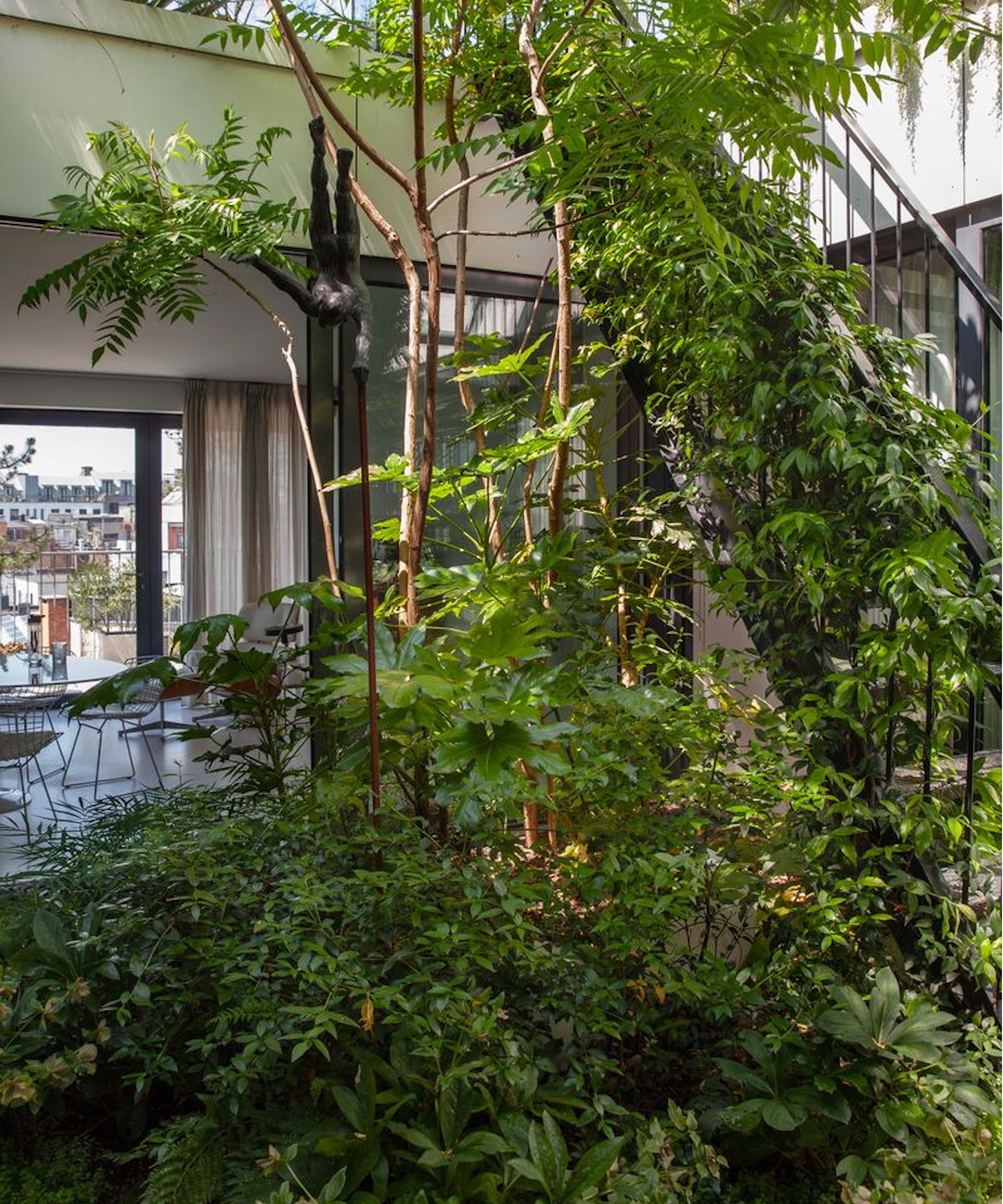
When it comes to wild gardening, you may instantly imagine a large garden that is left unmaintained. This is exactly what Bart Haverkamp and Pieter Croes say on wild gardening: to let go and allow nature to take the lead. But, they urge, you don't need an expansive amount of space to achieve this.
Of course, the limitation with working in an urban garden is that there may not be any nature to work with from the beginning. This is especially true in the hard landscapes of balcony gardens and rooftops.
Urban wild gardening often involves first bringing in plenty of plants to create a natural landscape, Pieter Croes tells me. For this reason, Pieter and Bart first talk to their clients to come up with a design, much the same as planning a garden intended to be more manicured.
'When we then finish making a roof garden, for example, it's just the beginning of the story,' Pieter says. 'It depends on the client and the people who take care of the garden as to what becomes of it.'
Design expertise in your inbox – from inspiring decorating ideas and beautiful celebrity homes to practical gardening advice and shopping round-ups.
With an urban garden created and established, it can then be left to grow wild, if that's the desired look. But, it isn't as easy as choosing any plants for any space.
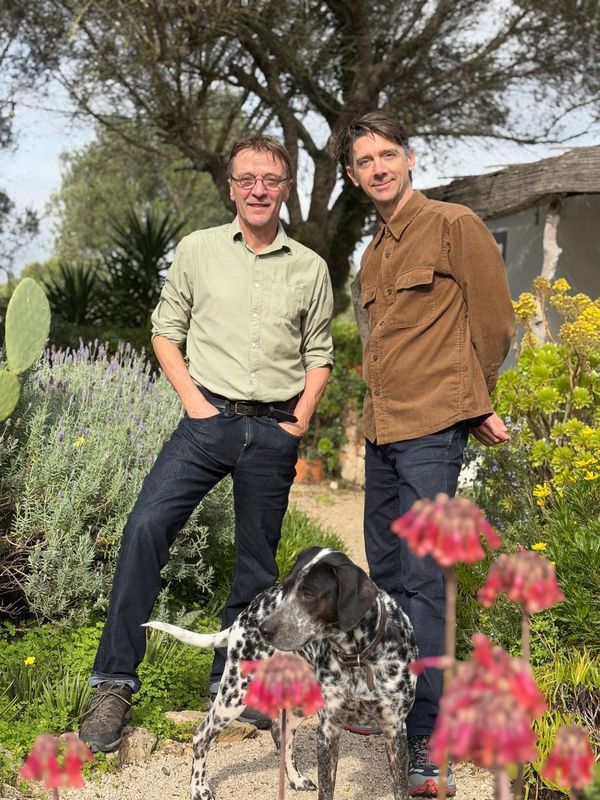
Bart and Pieter are Belgian-based garden designers who have been working together for thirty years. Their focus is on urban gardens, rooftop terraces and small spaces. They are dedicated to sustainability and work considering climate change when designing new spaces. With over three decades of intuitive, organic practice, this duo has developed a signature style rooted in sustainability, spontaneity, and a deep respect for nature.
The key to creating a wild urban garden
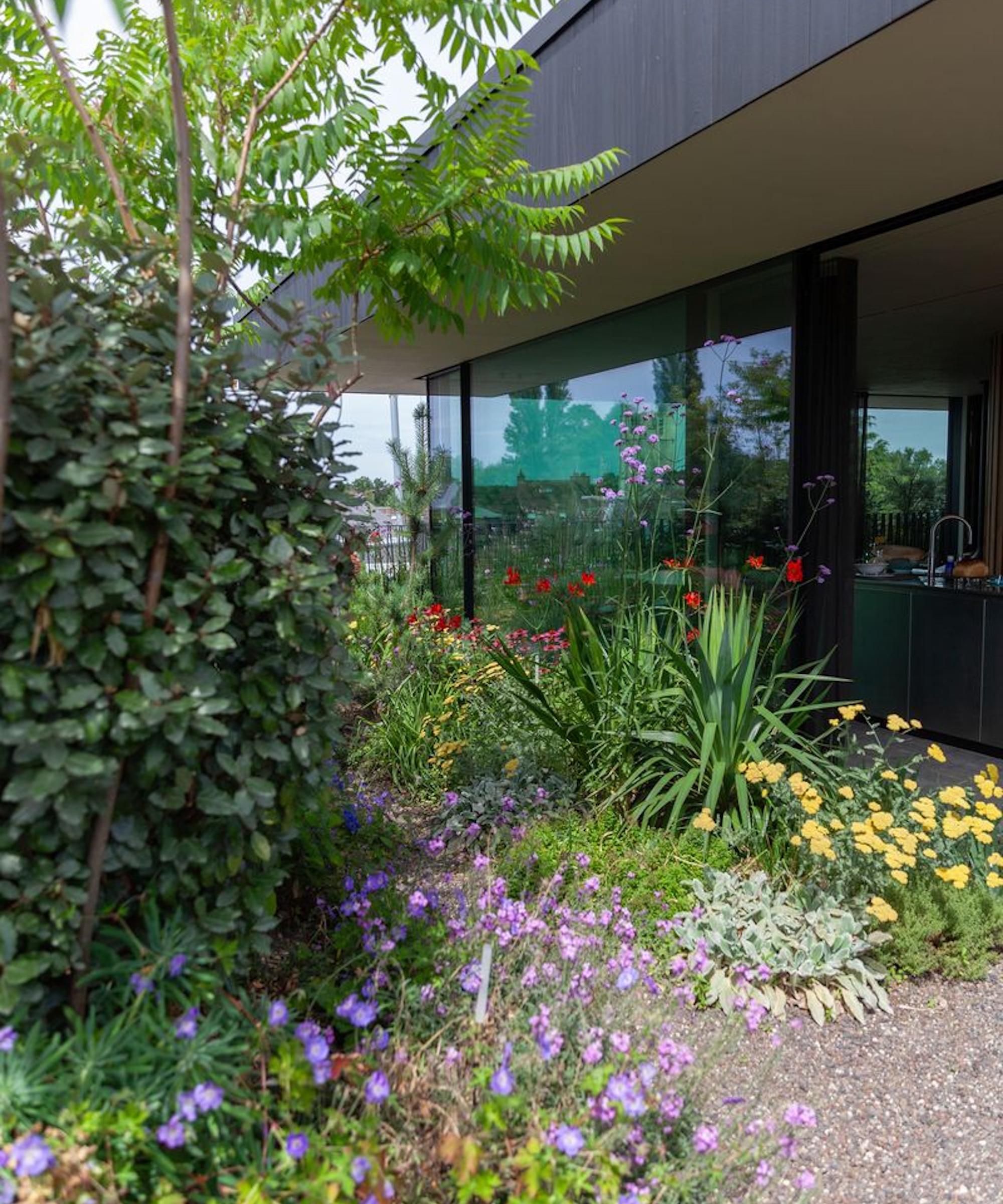
Whether you're creating an urban rooftop garden, transforming a balcony space, or are just working with a small container garden by your front door, Pieter says it's possible to achieve urban wild gardening in some form.
There's just one important rule to follow: plant for the space you're working with in order to allow for your plants to grow wild.
'Our wild planting style is defined by the choice of plants and the spaces we work in. For example, in roof gardens, you’re often limited. You need plants that can withstand a lot of sun and wind,' Pieter says.
Just like considering your US hardiness zone, it's important to choose plants for the urban spaces you're working with. In a rooftop, this may be sun-loving Mediterranean plants, while a sheltered courtyard garden or north-facing balcony might require some of the best shade plants.
You may also opt for wind-resistant shrubs and trees if your urban garden doesn't offer much protection.
It isn't just sun and wind exposure to think about, however: 'The soil type you use on a roof is more or less the same, volcanic soil, so you can’t always plant any plant.
'If you want rhododendrons, for example, you may need to add something to make your soil more acidic,' Pieter says.
Paying attention to soil health is key to successful urban wild gardening because without the right growing medium, your plants aren't going to be able to grow to the height and spread that gives them a wild look.
Volcanic soil (or volcanic rock dust soil amendment, available on Amazon) is often used on rooftops because it's lightweight, provides good drainage, and is rich in essential plant nutrients. This also makes it a great option for balcony gardens where weight limit might be something to consider.
As for container gardening more generally, it's key to ensure you use a well-draining potting mix (like this one from Amazon) to ensure there is moisture management in place, as potted plants are prone to oversaturation.
Let your planting grow as it pleases

Having made careful plant selections for the environment you're working with, it's then all about allowing the plants to grow and gently take over your space.
This means minimal pruning, which Pieter advises to only do when absolutely necessary. Of course, avoid pruning mistakes like not cutting away diseased or damaged plant material (with sharp tools like these pruning shears from Amazon), but don't be tempted to keep your urban wild garden looking too neat.
'When you allow the plants to take over it becomes wild, which is nice in an urban, nature-suppressed area. When you talk about 'wild' it sounds a bit reckless, but the harmony is allowing the plants to grow together and unify in the space,' Pieter says.
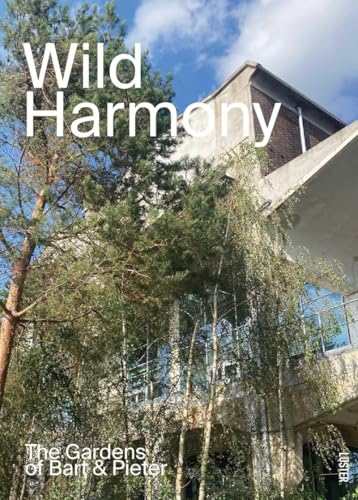
Wild Harmony highlights Bart and Pieterʼs signature style that lets nature take control of the space. It features over twenty of their recent projects, completed within the last decade, focusing primarily on urban gardens, rooftop spaces, terraces, and small plots highlighting what can be done with limited space and budget.
FAQs
How can I attract wildlife to my urban garden?
There are plenty of ways to attract wildlife to your urban garden. This includes opting for container plants for pollinators and putting up a bird feeder or bug hotel (like this one from Amazon). You can also provide shelter for a range of wildlife in the form of abundant planting and shrubs. Even if you've only got a small balcony space to work with, try leaving out a dish of water for birds to drink from and bathe in. Explore our guide to wildlife gardens for more inspiration.
Something Pieter points out he loves about creating urban wild spaces is how different each one turns out. This is because there are lots of ways to introduce naturalistic planting to your space and rewild your garden, so you can create an oasis bespoke to your taste.

Tenielle is a Gardens Content Editor at Homes & Gardens. She holds a qualification in MA Magazine Journalism and has over six years of journalistic experience. Before coming to Homes & Gardens, Tenielle was in the editorial department at the Royal Horticultural Society and worked on The Garden magazine. As our in-house houseplant expert, Tenielle writes on a range of solutions to houseplant problems, as well as other 'how to' guides, inspiring garden projects, and the latest gardening news. When she isn't writing, Tenielle can be found propagating her ever-growing collection of indoor plants, helping others overcome common houseplant pests and diseases, volunteering at a local gardening club, and attending gardening workshops, like a composting masterclass.
You must confirm your public display name before commenting
Please logout and then login again, you will then be prompted to enter your display name.